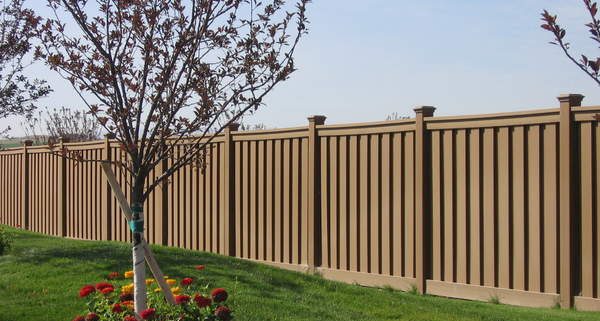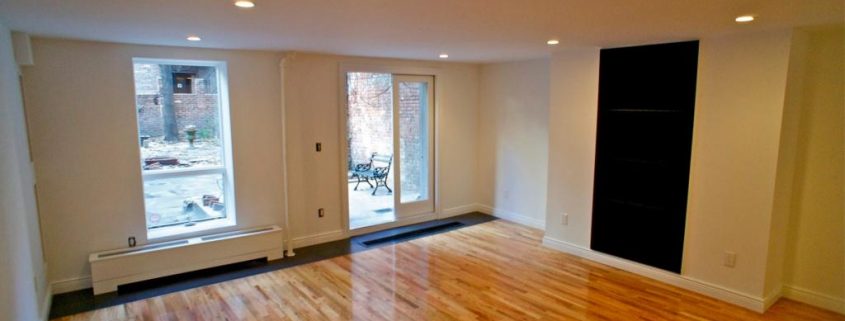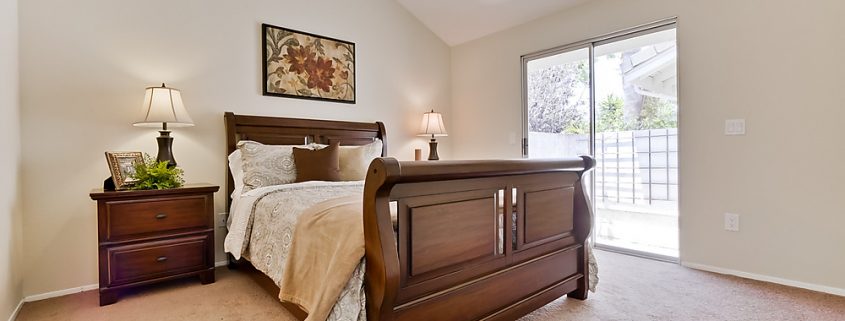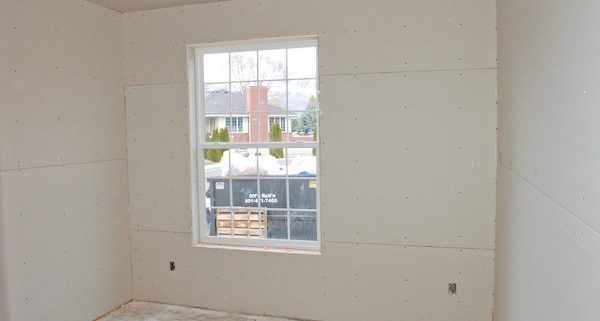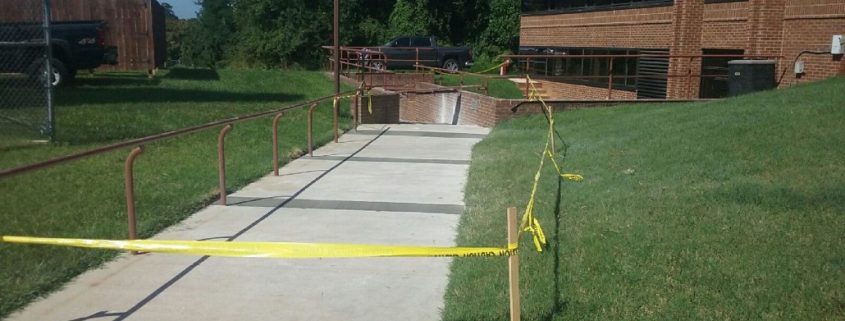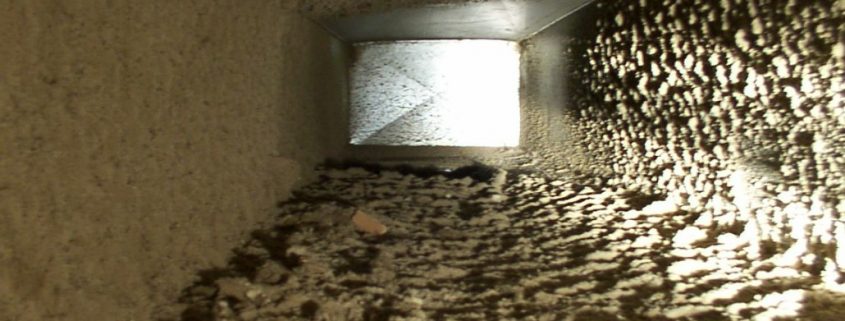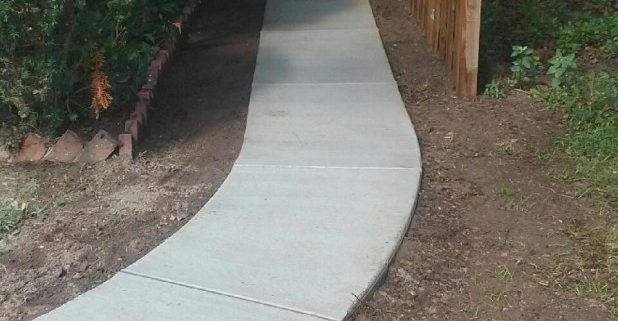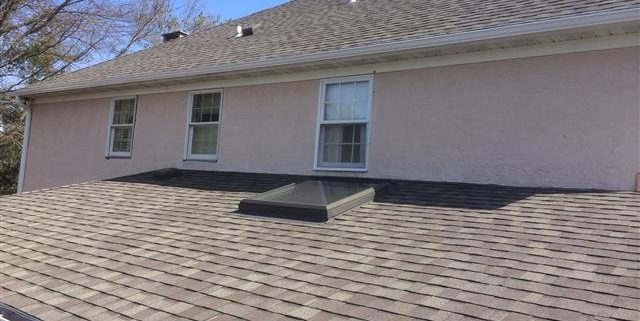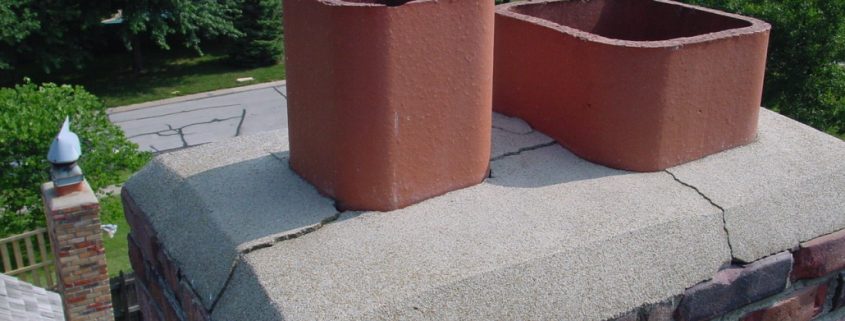Chimneys are often an appreciated feature, so it’s not surprising that damaged or deteriorated mortar or bricks receive prompt attention and need careful repair. Use a special type of mortar for repairs in the combustion chamber, elsewhere you can use standard mortar, but for your repairs to be better, use additives.
Refractory mortar
For the repair of the combustion chamber, the inner chamber where the fire burns, use a special type of mortar resistant to extreme heat and temperature cycling. Known as refractory mortar, this mortar uses binders such as calcium aluminate or sodium silicate that tolerates high temperatures, rather than Portland cement. The refractory mortar is available as hydraulically placement and air drying, or premixed,. The hydraulic setting refractory mortar is resistant to acids and soluble in water once cured, so it is suitable for indoor and outdoor applications. The premixed refractory mortar which dries quickly and is water soluble, can be washed with it, so it is easy to clean, but is only suitable for indoor use.
Standard mortars
Standard mortars were made using Portland cement, hydrated lime and sand combined with water to obtain the right consistency. Depending on the nature of the repair, the standard mortar may be adequate or be modified by adding a small amount of additives to improve certain properties. N mortar is the best general-purpose mortar and is recommended for most projects. Type O mortar, also known as mortar indication, has features that make it better suited for non-structural repair generally in higher grade situations. K mortar, which is used for historic preservation and when load resistance is not important, has a porous nature that helps prolong the integrity of the oldest blocks.
Additives
A number of ingredients can be added to mortar to create special mortars for certain circumstances. Many repair mortars are created using an additive polymer such as polyvinyl acetate, dichloride and acrylic or modified acrylic adhesives or act as water-reducing agents, increasing its strength and permeability limit. The accelerators can be added to the mortar to shorten setting time, a useful quality especially in cold weather. Retardants are added to extend the working time of the mortar and slow the hydration of cement during hot weather. Color pigments are also commonly added to repair mortars to allow replacement to match the existing mortar.
Making repairs in the mortar
To repair mortar, you may have to clean the inside of the home to identify any defective seals. Use a chimney cleaner as needed. Remove mortar or damaged bricks with mortar rake, a chisel, a hammer and a stiff brush. Moisten the surface of the bricks to join the mortar. Prepare mortar and mortar in the joints applying layers of 1/4 inch (0.6 cm), allowing to cure for about 30 minutes between each coat. Once the brick surface is achieved, with the appropriate beam tool, match the existing cement mortar. Clean the face of the bricks with a stiff brush or a damp sponge.


